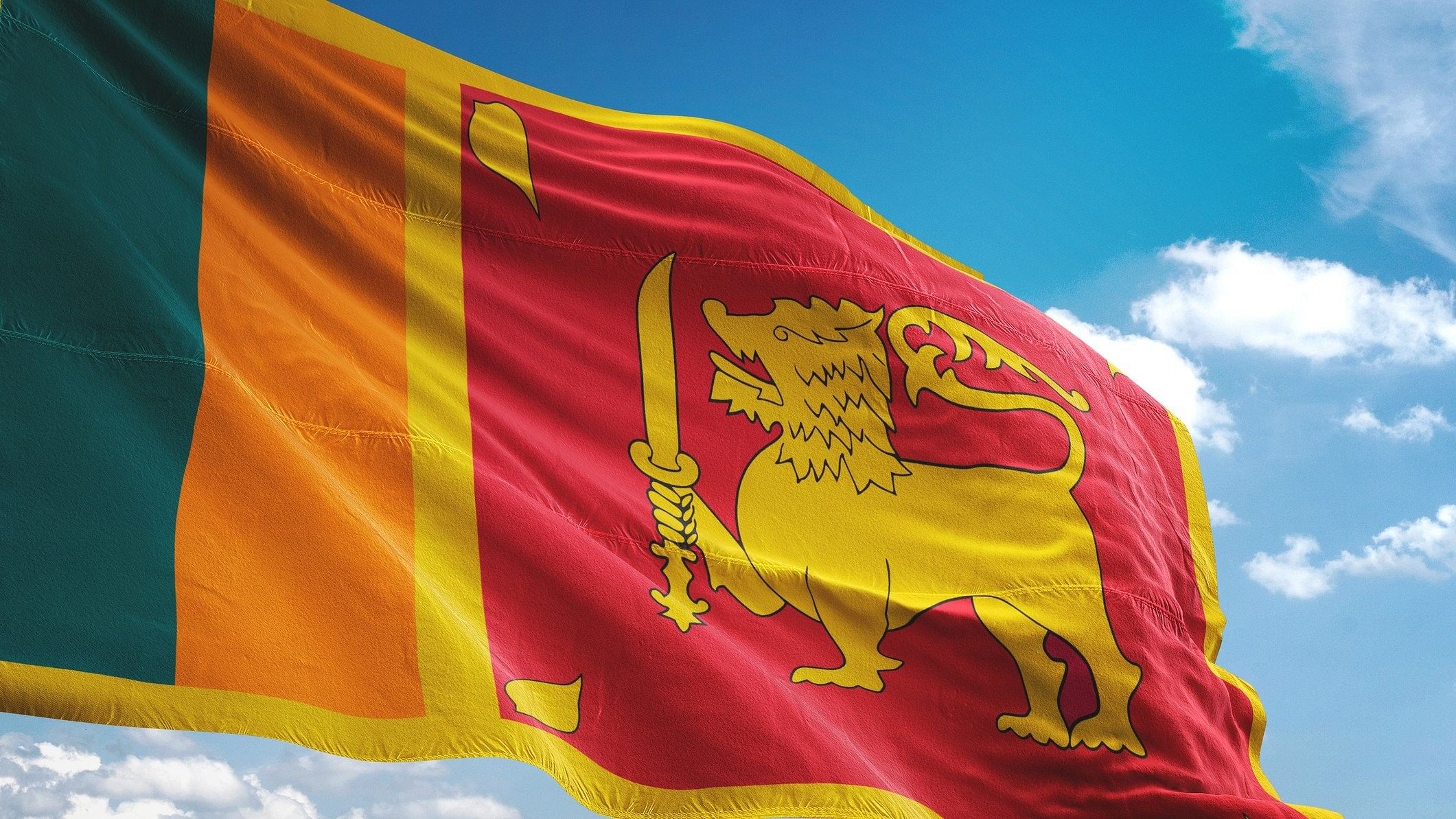
Sri Lanka flag.
Credit: iStock Photo
Electoral democracies in South Asia have become extremely competitive in their politics, and often belies certain foregone conclusions and traditional wisdom. Being a large country in the region, India gets drawn into their domestic politics, requiring a fair amount of diplomatic callisthenics, political acumen, and tactical hedging to remain relatively unscathed.
When the Sri Lankan presidential election entered a runoff for the first time in history to decide between the Marxist-leaning Anura Kumara Dissanayake and Opposition leader Sajith Premadasa vying to secure 50 per cent of the votes, it was expected that India’s homework and experience would be tested. However, after the second-round counting, the election commission announced Dissanayake as the winner.
This is the first election since the Sri Lankan economy buckled under a foreign exchange shortage, leading to a spiralling rise in fuel and food prices that sparked a popular uprising and forced then-President Gotabaya Rajapaksa to flee the country, in 2022.
While the country’s fragile economy shows signs of slow recovery, its politics has undergone significant changes, which India has been sensitive to following the opposition in the Maldives riding an anti-India campaign to power — a situation that took months to resolve for India.
India hosted Dissanayake, leader of Sri Lanka’s Leftist Janatha Vimukthi Peramuna (JVP, or People’s Liberation Front), leading the National People’s Power alliance, who is slated for the presidency, in early February.
External Affairs Minister S Jaishankar and National Security Adviser Ajit Doval met Dissanayake during his five-day India visit that included trips to New Delhi, Ahmedabad, and Thiruvananthapuram.
That visit could have been born out of reading Sri Lankan tea leaves — both well in time and in line with changing times.
The JVP has three members in the parliament and won 4 per cent of votes in the last Assembly elections. But Dissanayake proving his mettle and political positioning proved to be a different kettle of fish.
Dissanayake successfully positioned himself as an agent of change amid ongoing austerity measures tied to a $2.9 billion IMF bailout, resonating with the people. His promises to dissolve parliament within 45 days of taking office to secure a fresh mandate through general elections, to run a corruption-free government, and to implement tax cuts without compromising debt payments were key components of his campaign.
India’s economic help of $4 billion in the wake of the economic crisis was timely for Colombo, and since then India has been building on goodwill. India’s first tranche of aid, totalling $2.4 billion, was timely and provided crucial support to Sri Lanka during its economic crisis. This assistance helped stabilise the situation, and reinforced New Delhi’s role as a key partner in the region.
China, which had deeper pockets than India, had then not acceded to the persistent Sri Lankan request for a $2.5 billion credit line or a restructuring of its overall debt. About 22 per cent of Sri Lanka’s debt was owed to bilateral creditors, with China and Japan each accounting for 10 per cent and India for 2 per cent.
Strengthening ties with India could further enhance Sri Lanka’s economic integration with the country, potentially opening trade opportunities and collaborative projects. This alignment might not only provide much-needed support but also foster regional stability. Though Sri Lanka had hooked onto the Chinese economic model for massive job creation and prosperity through mega projects, the strategic depth of Chinese projects landed Colombo in trouble besides the debt trap it had left in the wake.
Unfortunately, the Sri Lankan Tamils who constitute 12 per cent of the population are not a significant electoral force. The end of the 26-year civil war and subsequent political developments in both countries have changed the dynamics of the Tamil minority issue in the bilateral ties. For the third consecutive term, the ruling alliance at the Centre is not dependent on the support of a regional party from Tamil Nadu.
Dissanayake, unlike Premadasa, might have elements of a leader unknown, untested, or even unexposed. But in this kind of economic situation Sri Lanka is in, none can afford to make adventurous or reckless decisions in external relations. The de-risking will be the best path the new leader can take, and India is best suited to be in the current scheme of things having invested sufficiently and appropriately in all hues of the Sri Lankan political spectrum, wizened from the past.
(Jayanth Jacob, a foreign policy commentator, has covered the Ministry of External Affairs for over two decades. X: @jayanthjacob.)
(Disclaimer: The views expressed above are the author's own. They do not necessarily reflect the views of DH.)